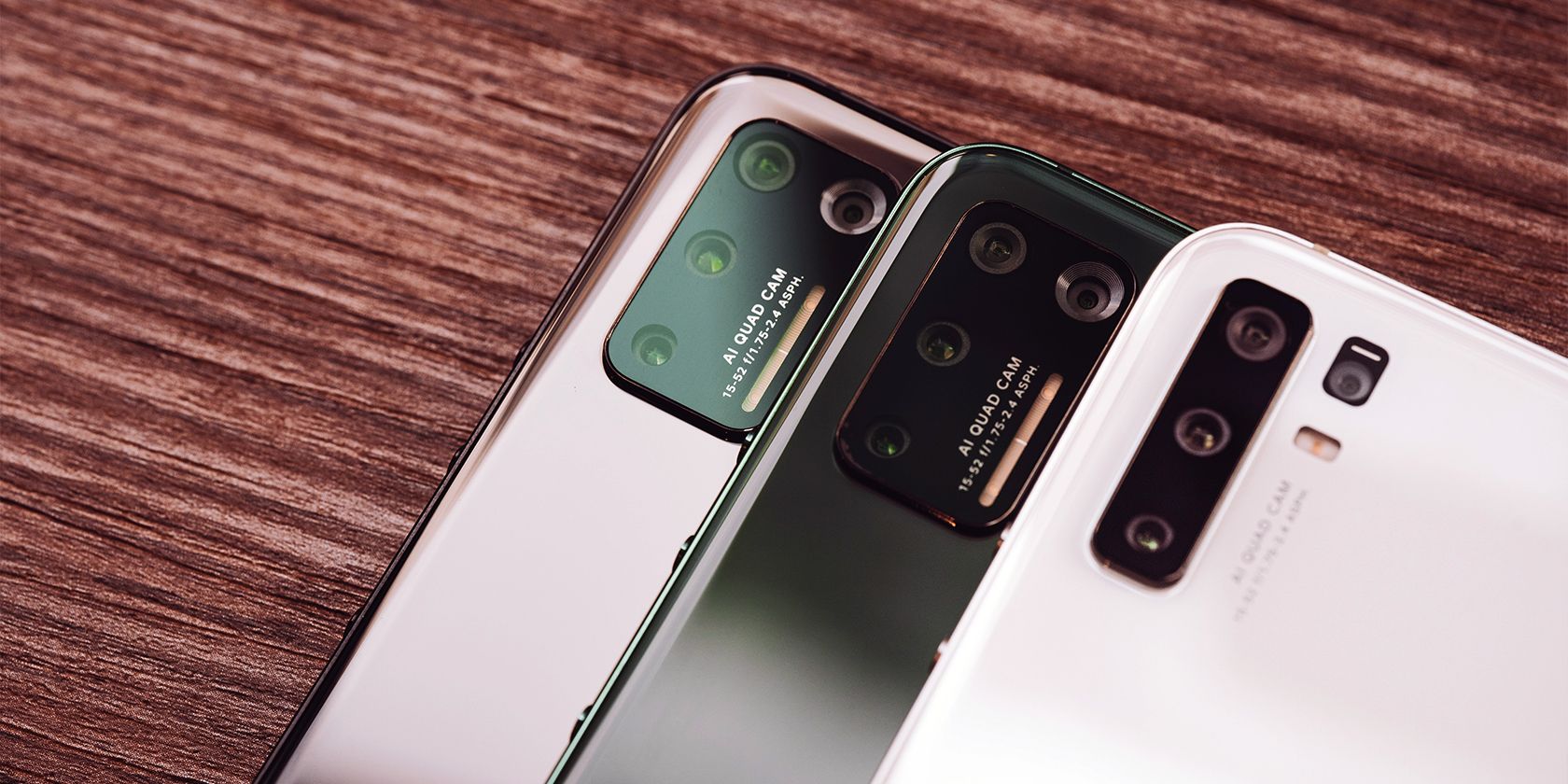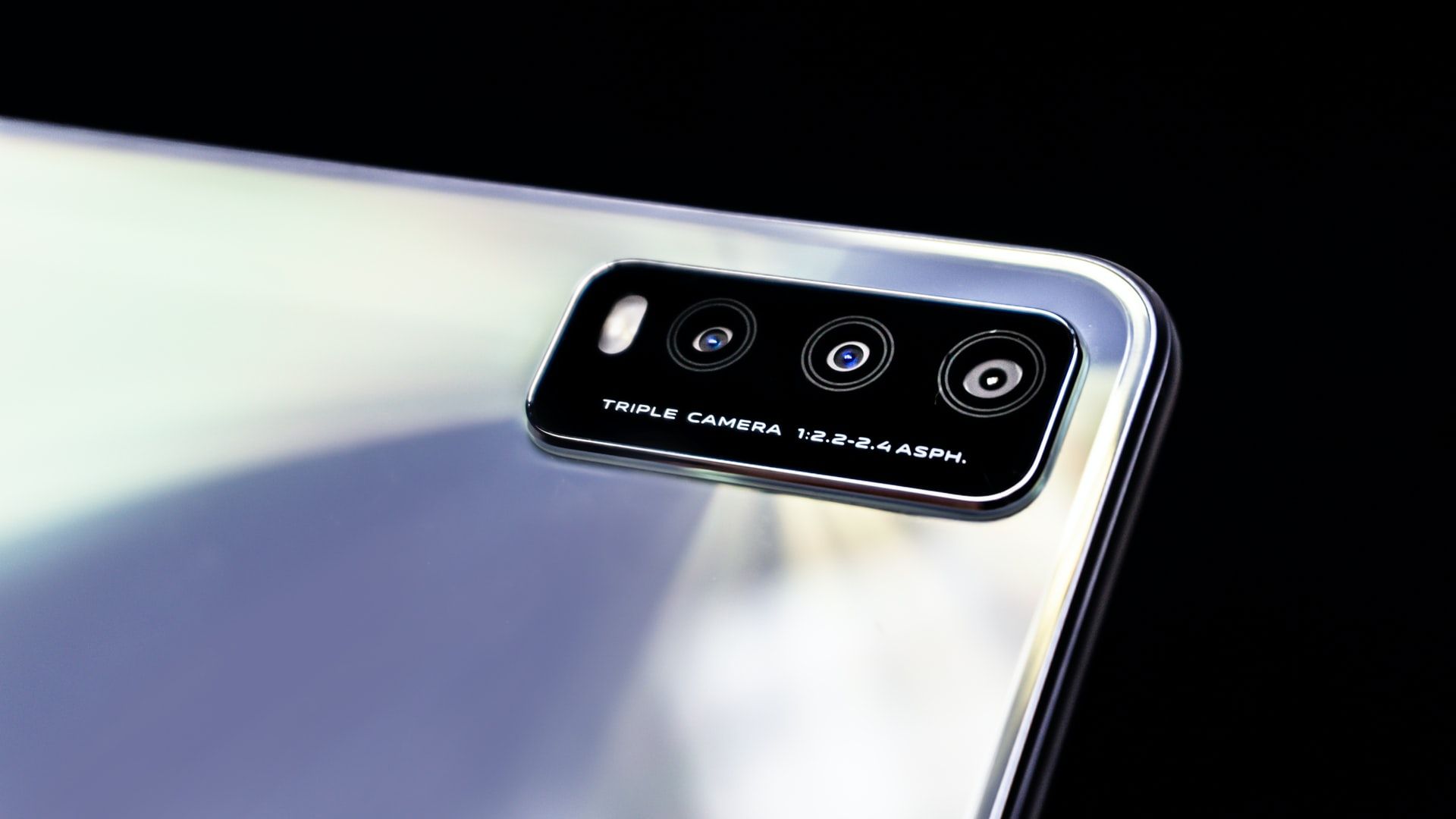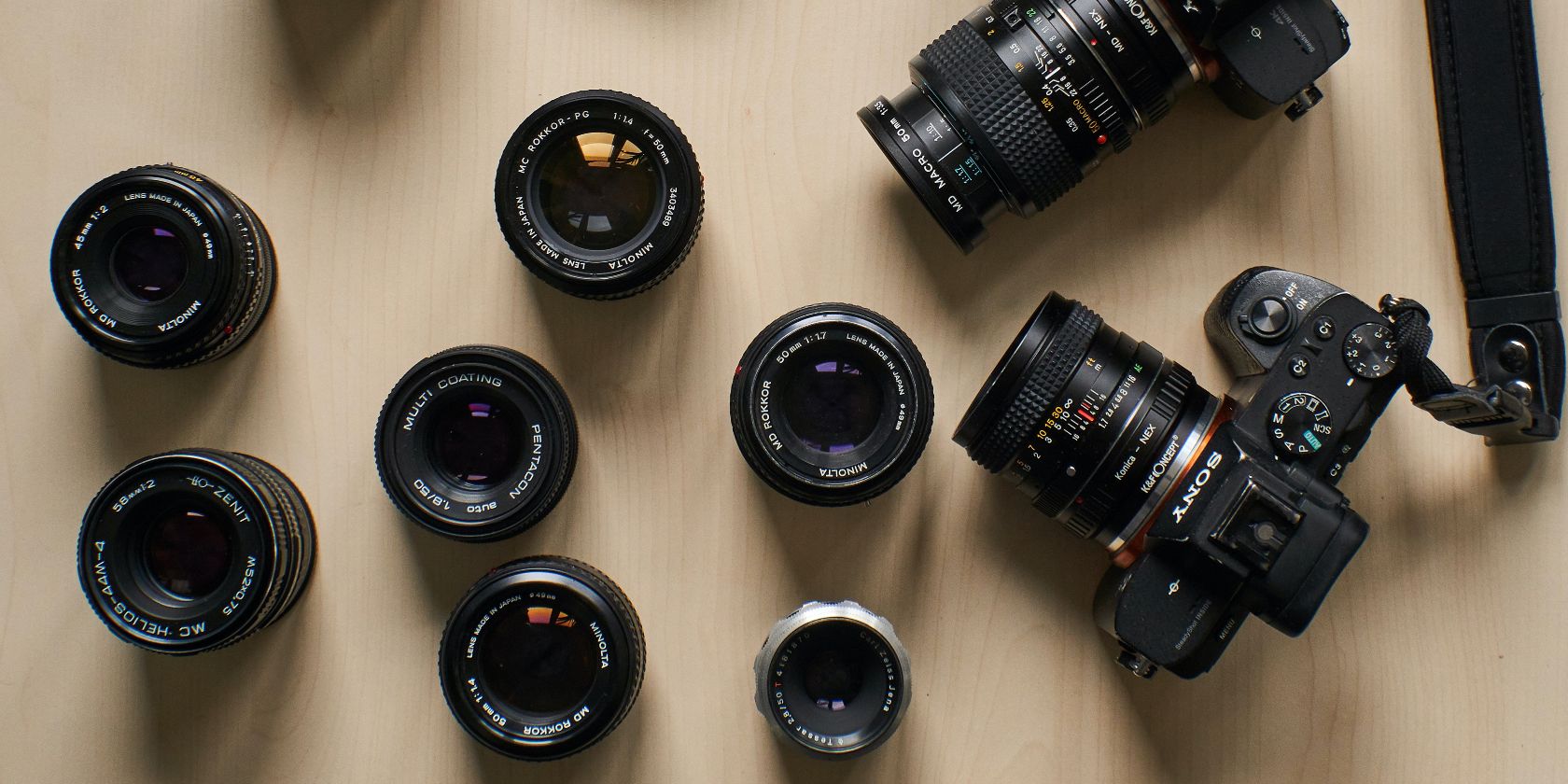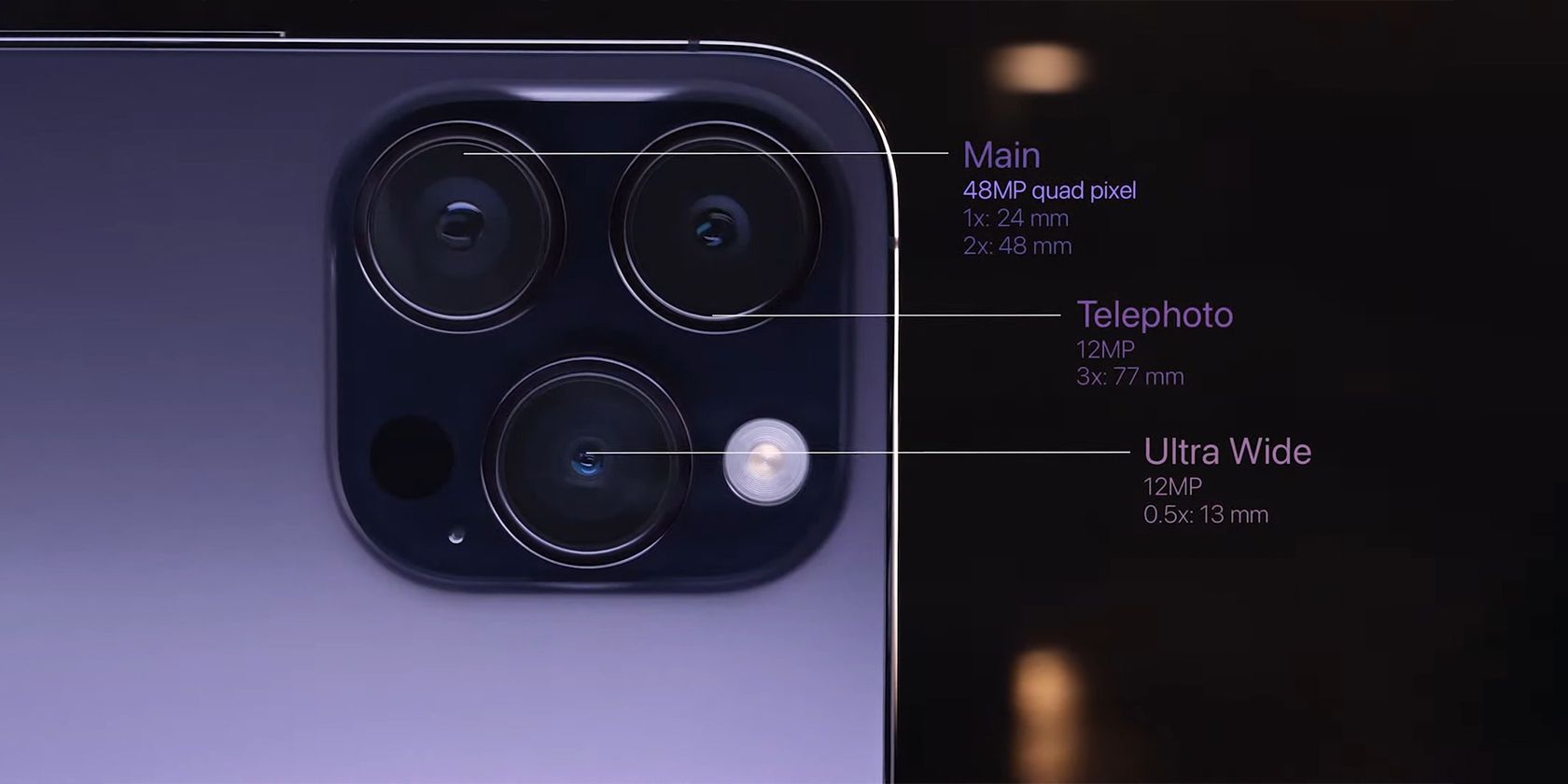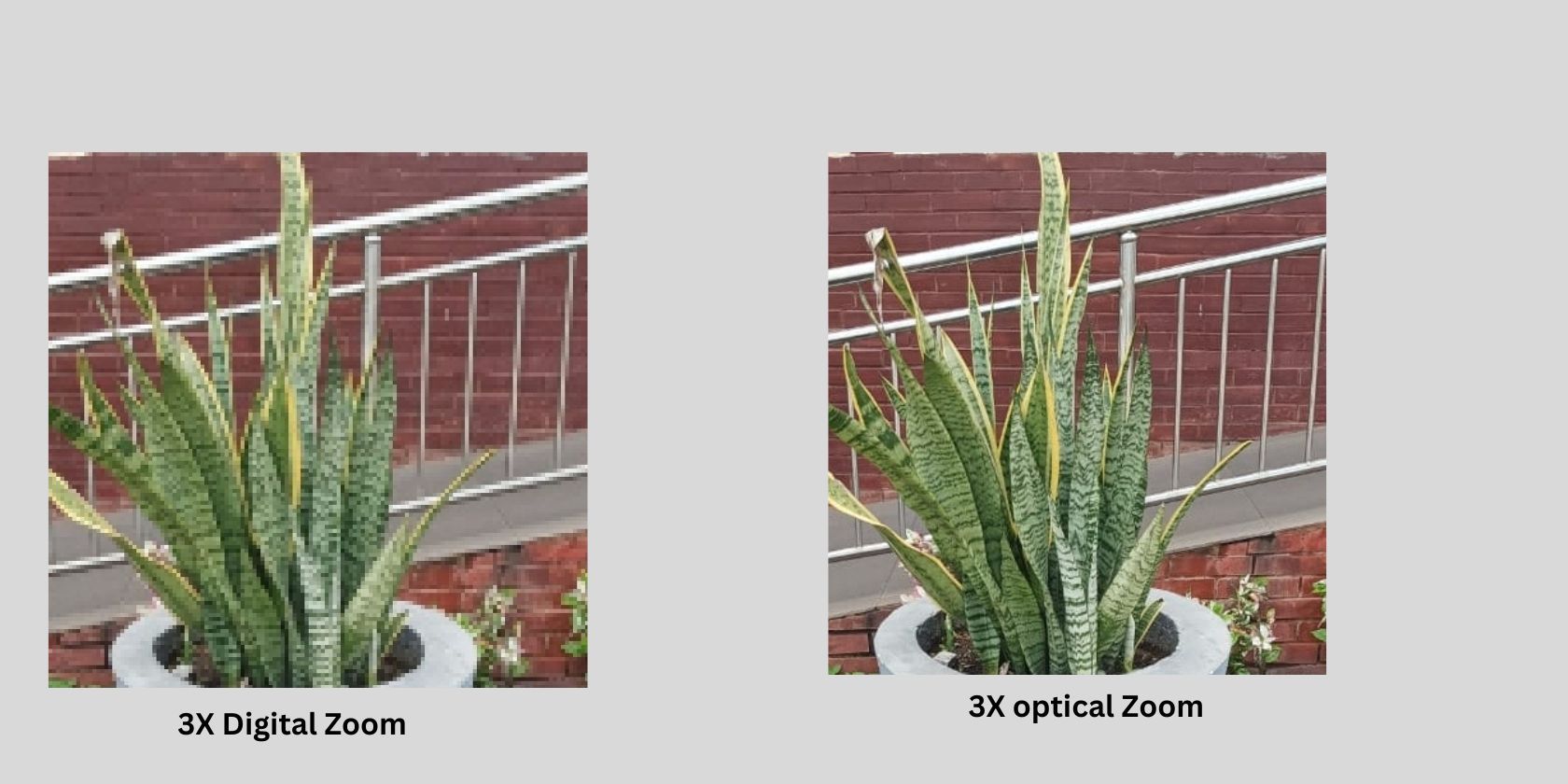Zooming power is increasingly getting much attention when talking about smartphone camera specs. With brands like Samsung, Sony, and Huawei disrupting the market with devices that pack crazy zooming abilities, optical and digital zoom are some of the words that get thrown around.
But what exactly do they mean? What is the underlying technology that powers each of them? How does it affect the quality of images your smartphone camera can produce? And which of them should you look out for in a smartphone?
What Is Zooming In Smartphone Cameras?
In smartphone photography, zooming is simply a way to magnify an object of interest in front of the camera or make it appear closer. Of course, in a more general definition, zooming also covers a way to de-magnify the appearance of an object to make it appear further than it actually is. That's why you'll often hear of terms like "zooming out."
However, most people don't care about how much their smartphone camera can zoom out; they mostly care about how much it can zoom in. So, we'll focus on the "zooming in" side of things. But how exactly does zooming happen?
Whether it is a DSLR-type camera or your smartphone camera, zooming is achieved by varying or adjusting the focal length of your camera. Focal length is the length between your smartphone camera's image sensor and where light converges and focuses the image.
The longer the focal length, the more magnification. Conversely, a shorter focal length gives you more angle-of-view but less magnification. If you'd love to learn more about focal length, we've previously done a detailed introduction to focal length in photography.
In traditional photography, one of the ways you can zoom in is by swapping your lens to one with your preferred focal length. Alternatively, you can use a zoom lens. A zoom lens allows you to adjust or increase your focal length mechanically to achieve magnification, or simply put, zoom in.
Unfortunately, zoom lenses tend to be bulky. To house the mechanical arrangements of components and parts needed to build a true zoom lens, your phone would be thick and heavy and have an unsightly camera bump. In an era where consumers yearn for sleek-looking, slim phones, massive camera bumps would be a non-starter.
Nevertheless, zooming in must be achieved on smartphones. But how?
Optical Zoom In Smartphone Photography
Optical zoom is the proper form of zoom where moving parts of a camera's lens are mechanically adjusted to increase its focal length to achieve magnification. Optical zoom is "zooming as zooming was meant to be." Unfortunately, zoom lenses that can adjust their focal length aren't a thing yet on smartphones, so optical zoom in smartphones is achieved by alternating between cameras of different focal lengths.
Unlike in DSLR cameras, optical zoom in smartphone cameras isn't achieved by the actual movement of mechanical parts to adjust the focal length. Instead, when you want to use a 2X zoom, your smartphone will switch to another camera that matches the focal length needed to achieve that zooming power. If you're wondering why many modern smartphones come with more than one camera, that's one of the reasons.
So each camera has a fixed focal length, some shorter, some longer. Your smartphone simply switches to the lens with a longer focal length to give you a zoom. This is why some experts refer to the version of optical zoom on smartphones as multi-camera zoom. Nonetheless, optical zoom is the "true form of zooming" and offers similar results as you'd get if you moved closer to the subject.
Although the lens or camera swapping technique used in smartphones works, there's a small problem. Since the cameras aren't using a zoom lens that gradually adjusts the focal length, continuous zoom isn't possible on almost all smartphones.
This means if your smartphone comes with multiple cameras that have a fixed focal length that can achieve 2x, 4x, and 5x optical zoom, when zooming, the real optical zoom level simply jumps from 2x to 4x and then to 5x as the cameras are being switched. Everything in-between, like 3x or 4.5x zoom, for instance, is achieved through digital zoom.
But what is digital zoom anyway?
Digital Zoom In Smartphone Photography
Digital zoom is a software-powered attempt to replicate the results of optical zooming. In digital zoom, there's no actual change in focal length. The camera just takes the image in front of it, crops a section, and expands the cropped section to fill the available display frame. Digital zoom is less of actual zooming and more of brilliant cropping technology.
Because digital zoom involves cropping, the resulting image typically has a noticeable loss in quality. Say you have a smartphone with a 20MP camera and want to do a 2x digital zoom. What happens is that your smartphone camera will grab the image at 20MP resolution, lock in on a 10MP portion of the image that contains the object you want to zoom in on, and then crop off the other 10MP.
The 10MP portion containing the object of interest is stretched to cover the frame, which often results in pixelation and overall loss of quality.
So, if your phone offers a 2x and 5x zoom, everything in-between is likely being handled digitally or by using a hybrid approach called hybrid zoom. Hybrid zoom combines optical and digital zoom data using computational photography to create magnified images beyond a lens's true optical abilities.
Which Type of Zoom Should You Look Out For?
Often, smartphone manufacturers advertise their products with labels like 20x zoom or 60x zoom. Sometimes a catchy name is added. Samsung has the 100x space zoom. Unfortunately, most of these labels are just marketing gimmicks.
Before getting excited about zooming power, you need to ask yourself: "How many of it is actual optical zoom?" Sure, smartphones like Samsung's Galaxy S series have admirable digital zoom power. This is possible thanks to large sensors and lots of megapixels, giving them more resolution to work with.
However, digital zoom is still, well, cropping. Optical zoom is what offers true magnification and is the best form of zoom you should look out for in a smartphone. Some smartphones with impressive optical zoom include the Sony Xperia 1 IV, Samsung Galaxy S22 Ultra, Vivo X80 Pro, Pixel 6 Pro, and the iPhone 14 Pro Max.
Zoom Power Is Not As Simple As It Sounds
Although some smartphone manufacturers talk a lot about how much their smartphones can zoom, zooming capabilities isn't as straightforward as they make them seem. More zoom isn't necessarily better; it depends on the kind of zoom and the underlying technology that powers it.
Never buy one smartphone over another because it has a larger zoom power label. 5x zoom could be better than 10x zoom. True zoom power isn't about how many times zoom a camera has. It is about how much your camera can adjust its focal length and the power of the underlying software that can help it improve image magnification beyond its optical abilities.

